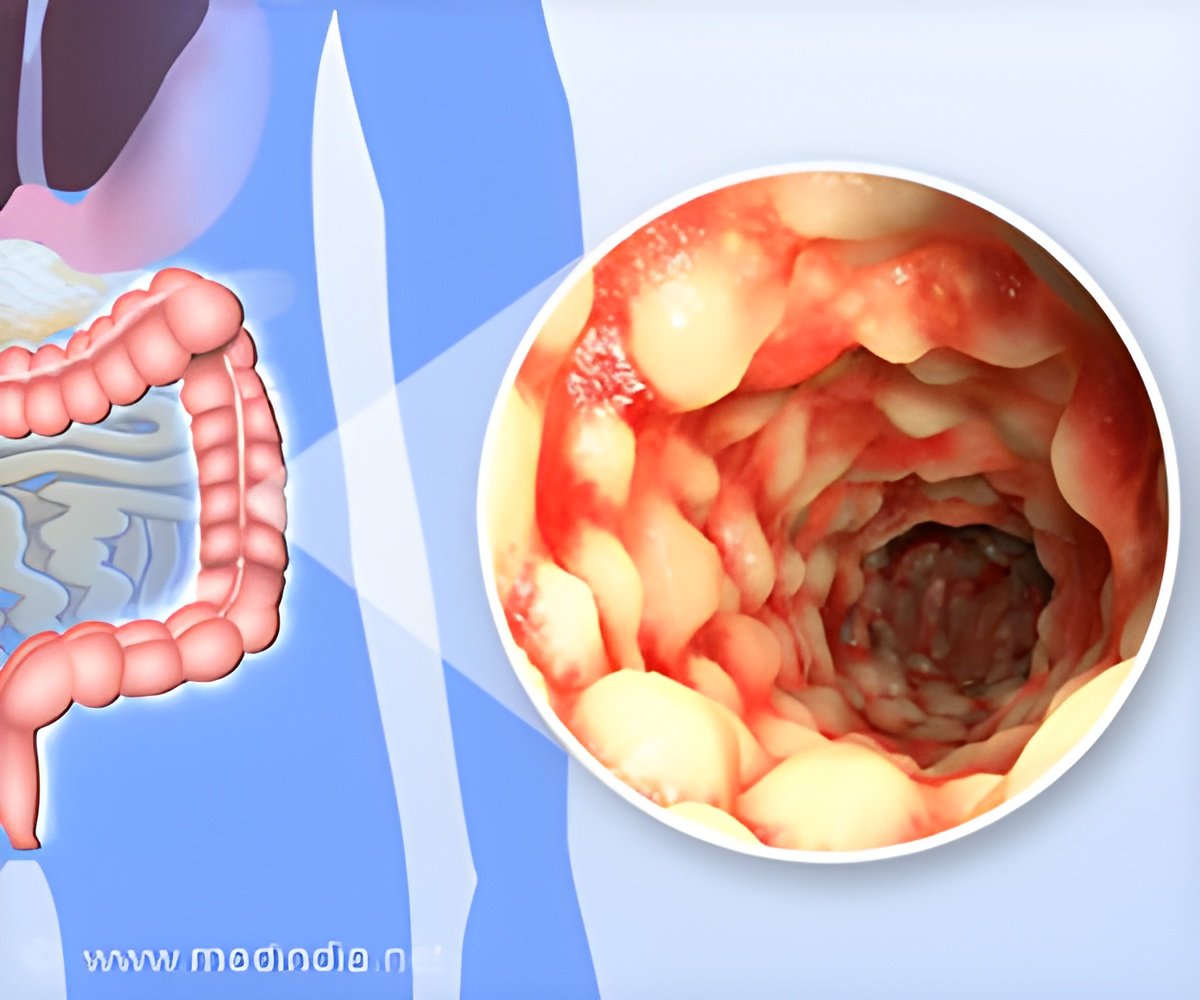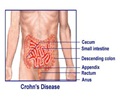
Impaired growth and delayed puberty are common complications in children with Crohn's disease, with up to 80 percent of patients showing compromised growth. Typically, growth is interpreted based on a patient's chronological age, and growth status is one of the key factors driving therapeutic decisions.
In the study, researchers measured bone age with a left hand/wrist x-ray in 49 pediatric patients with Crohn's disease whose ages ranged from five to 17 years-old. Bone age is a measure of skeletal maturity, and, as a people grow, their bones change in shape and size. Based on the appearance of the bones and growth plates on the X-ray, a doctor can determine the bone age. Results can be given as a Z- score, either as average which is zero, or as a number of standard deviations above or below zero, taking into account the sex and chronological age of the patient. High bone age is defined as having a bone age Z- score (BA-Z score) > 2, and low bone age is defined as a BA-Z score < -2.
The study, "Determination of Bone Age in Pediatric Patients with Crohn's Disease Should be Part of Routine Care," is currently online in the journal Inflammatory Bowel Diseases.
"One of our findings that surprised me was that 41 percent of our patients had BA-Z scores that were less than -2. I did not expect that such a large proportion of patients would have this degree of delay," said Gupta.
Crohn's disease is a chronic disorder characterized by inflammation in the gastrointestinal tract. It is one of the two main disease subcategories of inflammatory bowel disease, along with ulcerative colitis. About one quarter of the more than one million Americans with inflammatory bowel disease are diagnosed in childhood and adolescence. In pediatric patients, the inflammation characteristic of the disease may lead to an inability to grow normally. Poor growth may be the only presenting sign of Crohn's disease in children and adolescents.
Advertisement
The interpretation of a patient's growth changes when his or her bone age, rather than just chronological age, is taken into consideration, according to the researchers. The added information is also useful for properly interpreting height increments following therapeutic interventions.
Advertisement
Females in the study had significantly lower average BA-Z scores (-2.0) than males (-1.1). Interestingly, the research team previously had reported that males with Crohn's disease have more growth impairment than females. The researchers are continuing to investigate the underlying reasons for sex differences in growth. Certain factors – Caucasian race, exposure to steroids, colonic disease location, earlier pubertal stage, and current treatment with the immunomodulator azathioprine/6-mercaptopurine -- also were associated with lower average BA-Z scores.
"It's important to know that active inflammation may be present even without classic intestinal symptoms such as abdominal pain, rectal bleeding, or diarrhea, said Gupta. "Poor growth may be the only sign of active disease. Including the x-ray as part of routine care allows a more clinically meaningful interpretation of statural growth and therefore enables us to improve our treatment recommendations."
Source-Eurekalert











